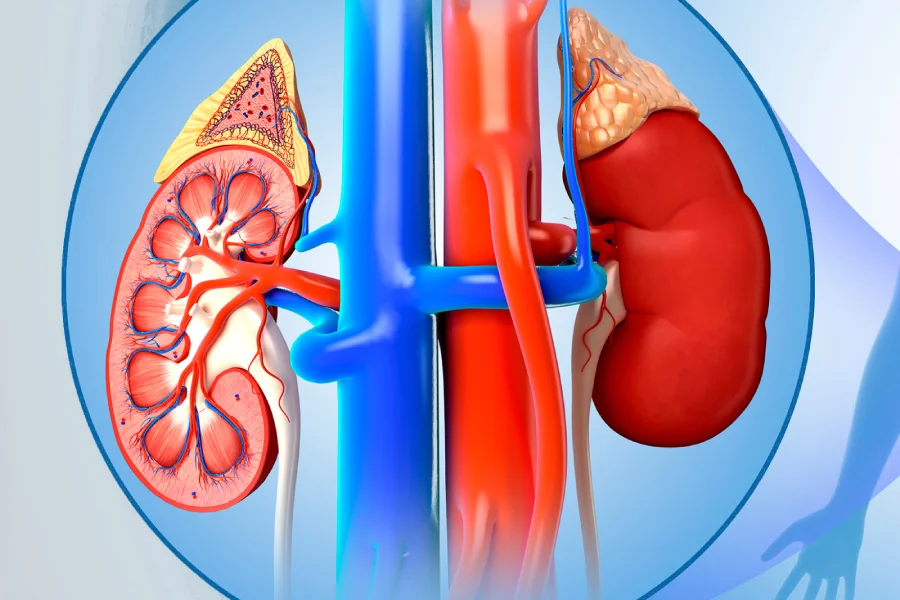Understanding PUJ Obstruction and Pyeloplasty
Today, we’re diving into the world of PUJ Obstruction and Pyeloplasty. This condition can be a source of concern for parents, especially when it affects their newborns. In this article, we’ll explore what PUJ obstruction is, how it’s diagnosed, and the treatment options available, particularly focusing on pyeloplasty. By the end, you’ll have a comprehensive understanding of this medical condition and its management.
What is Pyelectasis (PUJ Obstruction)?
PUJ obstruction, or Pyelectasis, refers to a blockage where the kidney’s pelvis connects to the ureter. This obstruction can prevent urine from flowing smoothly from the kidney to the bladder, leading to swelling and potential kidney damage.
Functions of the Kidney
The kidneys are crucial for filtering toxins from the body and producing urine. They play a significant role in maintaining overall health by managing the body’s excretory system and ensuring that harmful substances are removed efficiently.
Understanding PUJ (Pelvis-Ureter-Junction)
The term PUJ stands for Pelvis-Ureter-Junction. The pelvis of the kidney is where urine collects before moving into the ureter, a tube that carries urine to the bladder. The junction is the critical point where these two structures connect, and any obstruction here can cause significant issues.
Causes of PUJ Obstruction
PUJ obstruction can be congenital, meaning present at birth, or develop over time. Congenital factors are often detected during prenatal scans, while other causes can include anatomical abnormalities or external pressure on the ureter.
Detection of PUJ Obstruction in Antenatal Scans
Antenatal scans are vital for early detection of PUJ obstruction. Gynecologists often recommend these scans to check for any abnormalities. If an enlarged AP diameter of the pelvis is noted, further investigation is warranted to confirm PUJ obstruction.
Counseling for Parents
When PUJ obstruction is diagnosed, parents need guidance and counseling. Understanding the condition and its implications helps in making informed decisions about treatment and management.
Symptoms of PUJ Obstruction
In many cases, PUJ obstruction may not present obvious symptoms beyond what is seen in ultrasounds. However, severe cases might show palpable lumps, which caregivers or parents might notice during routine activities.
Diagnostic Methods
Ultrasound is a primary tool for diagnosing PUJ obstruction. Additional scans like EC Scan or MAG3 Scan provide more detailed information about the severity of the obstruction and help in planning treatment.
Treatment Options for PUJ Obstruction
Treatment varies based on the severity of the obstruction. While some cases may resolve on their own or require only monitoring and antibiotics, others might need surgical intervention.
Surgical Procedure: Pyeloplasty
Pyeloplasty is a surgical procedure designed to relieve PUJ obstruction and restore normal urine flow. It involves removing the blocked section of the junction and reconnecting the healthy parts. This can be done through open surgery, laparoscopic surgery, or the latest robotic surgery.
Safety and Effectiveness of Pyeloplasty
Pyeloplasty is considered safe, especially when performed at the right age by experienced surgeons. It prevents long-term kidney damage and improves the function of the kidneys.
Post-Surgery Care
After pyeloplasty, the baby typically stays in the hospital for three to four days. During this period, they receive antibiotics to prevent infection. Follow-up scans are crucial to ensure the obstruction is resolved and the kidneys are functioning properly.




